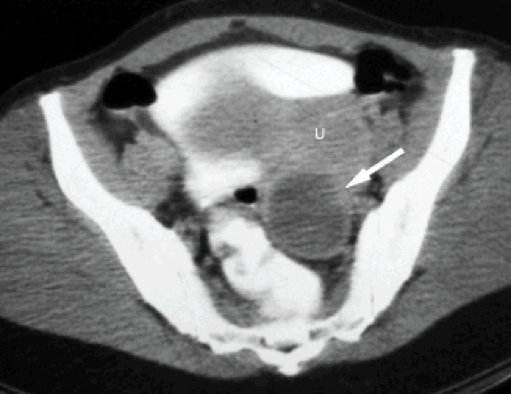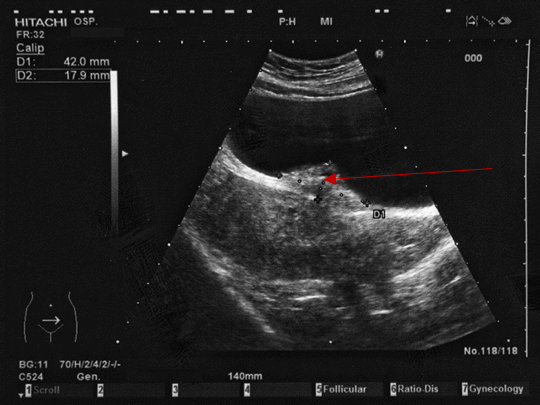Endometriosis
Learn more
About Endometriosis
Endometriosis is defined as the presence of tissue lesions or nodules, histologically similar to the endometrium (glands that lined up the uterine cavity), at sites outside the uterus, these ectopic endometrial implants are usually located in the pelvis but can occur nearly anywhere in the body
Endometriosis is one of the most common benign conditions found among gynaecological patients, it is hard to determine the exact prevalence of endometriosis because diagnosis is usually made only during Laparoscopy (key-hole-surgery) its prevalence among women with chronic pelvic pain (CPP) is 90% and its prevalence among women investigated for infertility is 20-65%.
The exact cause of endometriosis is unknown, but the most accepted speculations are:
- Retrograde menstruation - some of the period blood travels fallopian tube and implants in the pelvis cavity
- Metaplasia - Some of the tissue lining the pelvic cavity is transformed into endometrial glands
- Endometriosis disease theory (EDT), some of the deep tissue (such as tissues between the rectum and the vagina) can be transformed into endometrial gland
- Immune, genetic & family factors can also play a role in pathogenesis of endometriosis
Endometriosis can be found as superficial lesions over the pelvic peritoneal surface, it can also develop within the ovaries and makes what is known as endometrioma or chocolate cyst. They also can be found deep between tissue (deeply infiltrating endo DIE) such as tissue around the rectum, bladder, ureter, or colon. Lastly, endo can also be found in remote sites outside the pelvic cavity such as diaphragm, umbilicus or over caesarean section scar.
Endometriosis could be a silent disease (asymptomatic) discovered incidentally during laparoscopy for other conditions, but more commonly can cause a wide range of symptoms such as:
- Different type of pains such as painful periods (dysmenorrhea), painful sex (dyspareunia), painful defecation, painful urination, or constant pelvic pain
- Heavy periods
- Abnormal GIT symptoms such as diarrhoea, constipation, nausea or vomiting
- Inability to conceive (infertility)
There is no available specific blood test that can help in diagnosis of endometriosis, however, a cancer blood marker called CA125 could be mildly to moderately elevated in cases with endometriosis.
Medical imagining such as ultrasound or MRI or CT can be of help while preparing the patients for surgery or fertility treatment. Findings that are suspicious for endometriosis include: ovarian cysts (endometrioma, see figure 1), nodules-of-recto-vaginal spectrum, bladder nodules (see figure 2)
Endometriosis is one of the well-recognised causes of infertility and this can be explained through different mechanisms - such as tissue distortion and adhesions found in severe disease, even with mild endometriosis, they can be associated with infertility because the chemical substances, secreted by the ectopic endometrial glands can hinder the process of regular ovulation such as preventing the dominant ovulation follicle from hatching (unruptured luteinised follicle syndrome) or even by direct destruction of the newly hatched egg (ovum)

